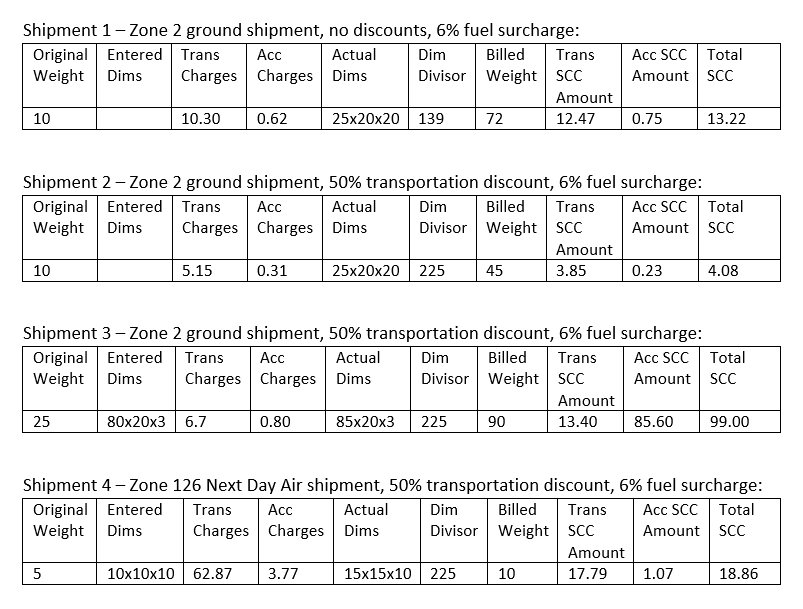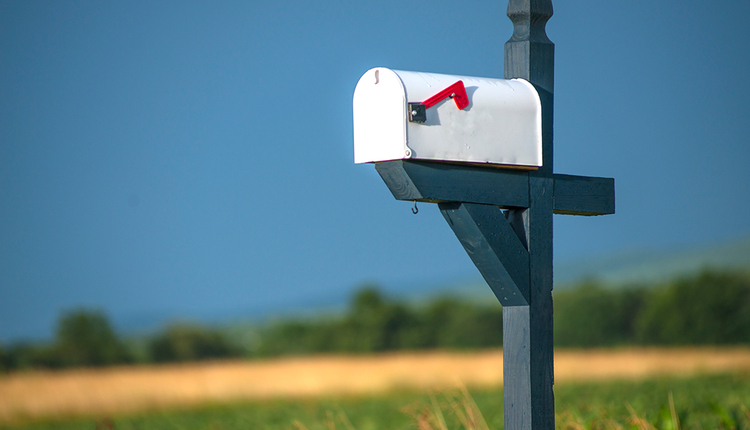This article originally appeared in the July/August, 2018 issue of PARCEL.
UPS recently implemented a brand-new audit fee for shipping charge corrections. This new fee will be assessed if the average shipping charge correction in a week is greater than five dollars. If a shipper exceeds this limit, UPS will charge them the greater of one dollar per correction or six percent of their total corrections that week. These terms mean that for every shipping charge correction a shipper has that exceeds five dollars, it brings them closer to being hit by this new fee, while shipping charge corrections less than five dollars can help offset some of the larger corrections. For example, take two hypothetical shippers:
Shipper A: $100 in shipping charge corrections with 50 total corrections; $2 per correction
Shipper B: $2 in shipping charge corrections with one total correction; $2 per correction
Both shippers have an average of two dollars per correction, so they would not be eligible for the fee. Now let’s add one correction for $10 to both shippers:
Shipper A: $110 in shipping charge corrections with 51 total corrections; $2.16 per correction
Shipper B: $12 in shipping charge corrections with two total corrections; $6 per correction
Shipper A is still below the threshold and would not be assessed the fee, but now Shipper B is above the threshold and would be eligible for the fee. This is because Shipper A had quite a few small corrections that helped offset the $10 correction, while Shipper B did not.
Since the triggers for this fee are corrections that are high dollar values and not the number of corrections, we need to determine what causes large shipping charge corrections. Let’s look at a few hypothetical shipments:

The first two shipments are identical packages, with the shippers in both scenarios not entering any dimensions for their packages. The only difference is the second package has negotiated discounts and a higher dim divisor. This allows the second package to remain under the five dollar threshold, while the first package exceeds it by more than eight dollars.
The third shipment has an entered length that is off by five inches, but everything else is entered accurately. However, the shipping charge correction amount ends up being just under $100! This is because the five inches is the difference between being eligible for a large package surcharge or not. Large package surcharges get assessed an $80 fee, as well as a minimum billed weight of 90 lbs. So even though this shipper has negotiated discounts, a high dimensional divisor, and the length was only off by five inches, they end up with a $99 shipping charge correction.
In the fourth scenario, the shipper has negotiated discounts, and the difference in weight is only five pounds. However, since the package is using an expensive service and zone, the correction amount ends up being well over the five dollar limit. All these examples highlight a few key points:
- Inaccurately manifesting dimensions (or failing to manifest dimensions at all) can lead to large shipping charge corrections due to dimensional weight.
- Negotiating strong discounts, as well as dimensional divisors, can help mitigate the impact of shipping charge corrections.
- Mistakes (even small mistakes) on packages that lead to accessorials such as large package surcharges, additional handling charges, or over maximum limit fees can lead to large shipping charge corrections.
- Mistakes on packages using priority services or expensive zones will lead to much higher shipping charge corrections.
If you notice you have shipments that are having corrections with large weight discrepancies, corrections that lead to accessorials being applied, or corrections on expensive services or zones, you could see your shipping costs increase because of this new fee. The most straightforward way to mitigate this new audit fee would be to accurately upload weight and dimensions for packages. In addition to this, shippers can limit the severity of shipping charge corrections by negotiating a custom dimensional divisor, strong base and earned discounts, and strong discounts on accessorial fees that are based on dimensions — such as large package surcharges, over maximum limit fees, and additional handling fees. Shippers could also take a more direct negotiating approach and negotiate the actual audit fee itself. As always, it is important have strong audit practices in place to ensure UPS accurately bills any shipping charge corrections and to ensure the new audit fee is billed accurately.
Keegan Leisz is a Parcel Audit Analyst at enVista, a global consulting and software solutions firm. In his role, Keegan is responsible for global freight auditing and specializes in analytics. You can contact him at kleisz@envistacorp.com.



















